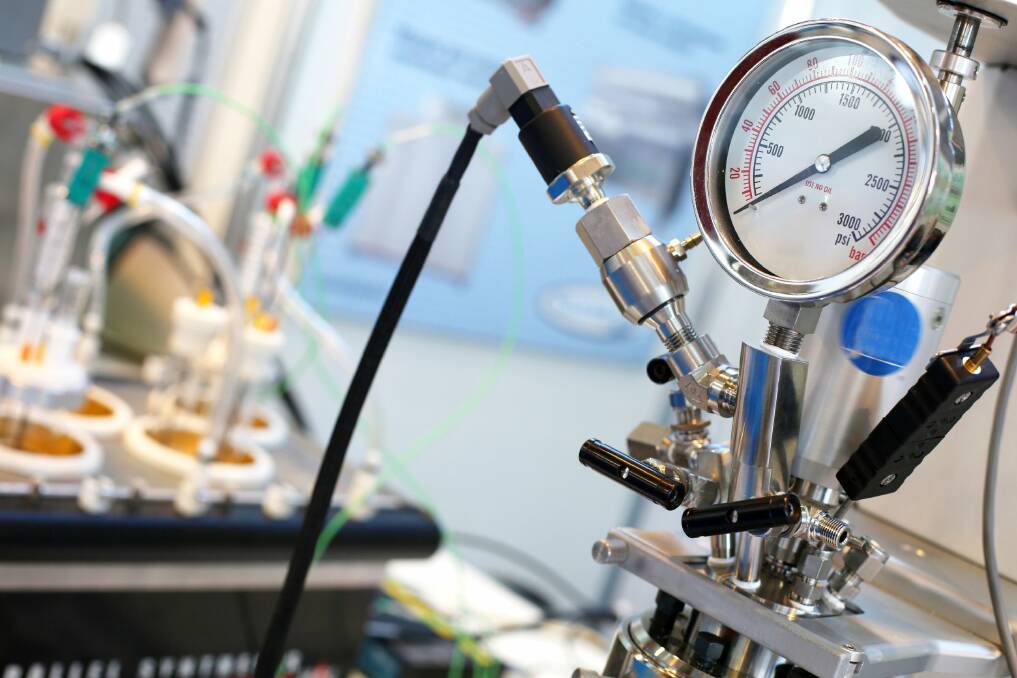How temperature sensors are used in agriculture

This is branded content.
The planet is a delicate ecosystem, and so are farms and fields. If you're in the business of growing things, you know that every external factor can affect your crop yield and quality. You're constantly monitoring conditions to ensure that your plants get suitable water, sunlight, nutrients, and other essential components for growth.
Temperature sensors are helping farmers maximise their production, minimise waste, and make the planet a better place. Engineers and agriculture experts have always considered how to make agriculture and food production easier through the likes of Pyrosales Temperature sensors. That said, these are the different ways temperature sensors are used in agriculture:
1. Assess temperature in greenhouses
Temperature sensors assess greenhouses' humidity, light, and other elements. For example, if farmers want to grow tomatoes in their greenhouses, but the temperature is too low for them to grow properly, they can use a sensor to detect when the temperature drops below a certain level. When this happens, the sensor will trigger an alert that tells them to turn on heaters or plug-in radiators so that it stays warm enough inside the greenhouse.
2. Monitor soil temperature
The soil temperature is a vital factor in plant growth and health. In addition to monitoring temperatures, you can use a temperature sensor to monitor soil water content and moisture. The temperature-based sensors are helpful when growing crops that need wet or dry conditions. They measure the presence of heat energy in the soil, which can determine where it's most suitable for plants to grow.
3. Monitor temperature in grain storage
This is crucial if you want to ensure the quality of your product. The grains need to be kept in an environment that feels most comfortable for them. A temperature sensor can help you monitor the range of hotness or coldness, making sure everything remains safe and reliable.
In addition to monitoring the temperature range for your grain storage facilities, you may also want to use a humidity sensor to track how much moisture is inside each container. Moisture content is another crucial factor during harvest season. Too much or too little moisture could cause spoilage issues with your crop after being harvested and processed into food products for sale.
4. Track temperature for livestock
One of the most important factors to keep in mind when raising livestock is the temperature they're exposed to. For example, if you have a chicken farm, you want to ensure they don't get too hot or cold. This means that farmers need to be extremely careful about how much time their animals spend outside during certain seasons, as well as ensure there's enough shelter available so animals won't be exposed directly to sunlight during the day.
A great way for farmers to monitor animals is by using temperature sensors throughout their living areas.
5. Monitor water temperature for fish farms
Monitoring water temperature is critical for the health of fish and other aquatic animals. However, it won't be easy to monitor such in remote locations.
If you want to know the temperature of your fish farm, hatchery, or salmon farm, you may need a small and tough sensor to withstand the elements. Waterproof sensors are available for this purpose. They're designed with built-in heaters or self-heating properties so they can survive cold temperatures and low power, without sacrificing function.
Growers also use some to refine irrigation scheduling, conserve water, and keep up with yields on nearby farms.

6. Monitor ambient temperature for crops in the field
Temperature sensors are used to monitor crops in the field. Data are collected by farmers and used to decide when to harvest and how much fertiliser should be applied. The same technology is also used by researchers who want to understand how different temperatures affect plant growth, so they can help keep crops healthy through various weather conditions.
7. Monitor temperatures In wineries and breweries
The said sensors are also used to monitor the temperature of the wine during fermentation. Such sensors are inserted into the barrels or tanks, measuring both internal and ambient air temperatures. This information can then be used to control a cooling system that keeps things nice and steady.
Some sensors measure relative humidity and barometric pressure, too. This way, you'll know how much water needs to be added or removed from your barrel, depending on the weather conditions.
Conclusion
There are many uses for temperature sensors in the field of agriculture. They're used for management processes, including soil temperature monitoring, as well as a means for temperature control in greenhouses and grain storage areas. Some of these applications have become very common now. They can help farmers plant easily, track production growth, and maintain a modern farm.


